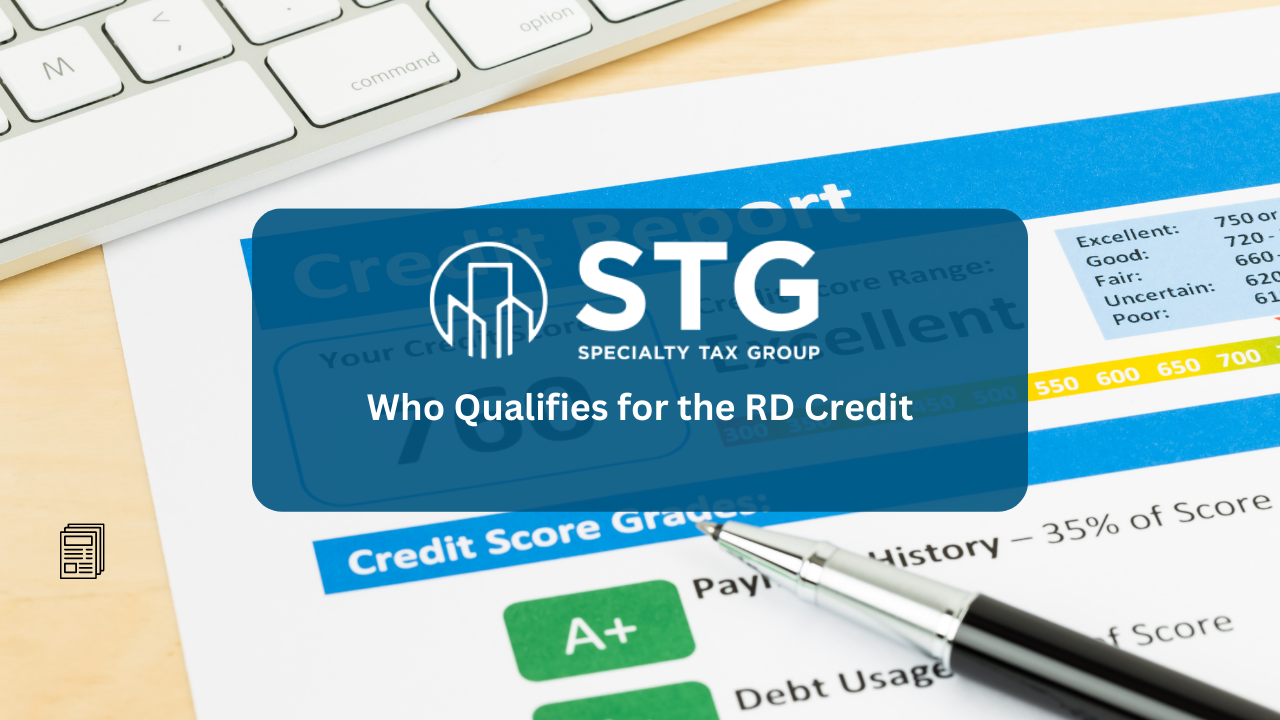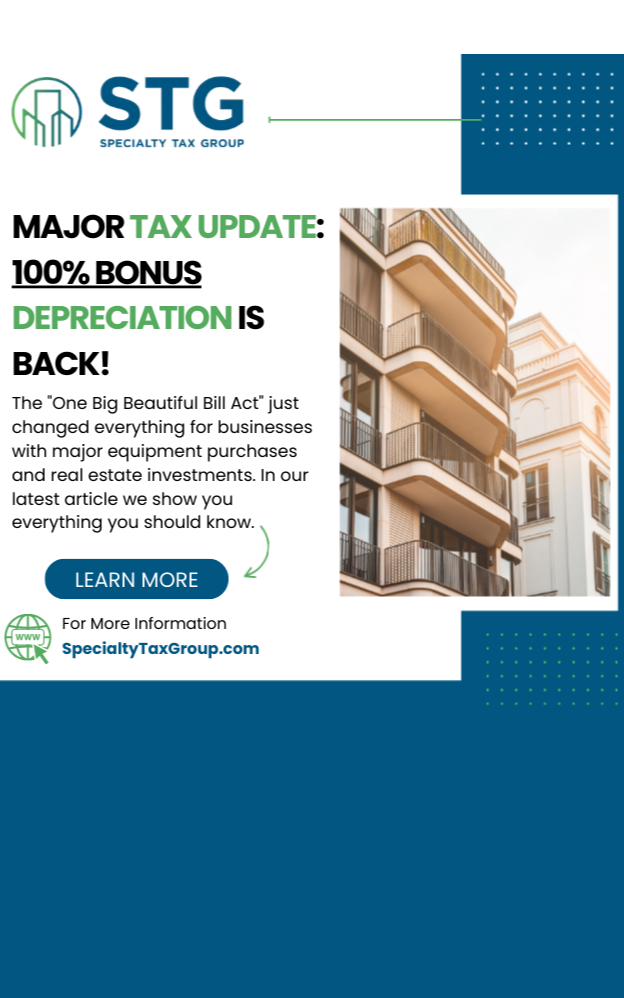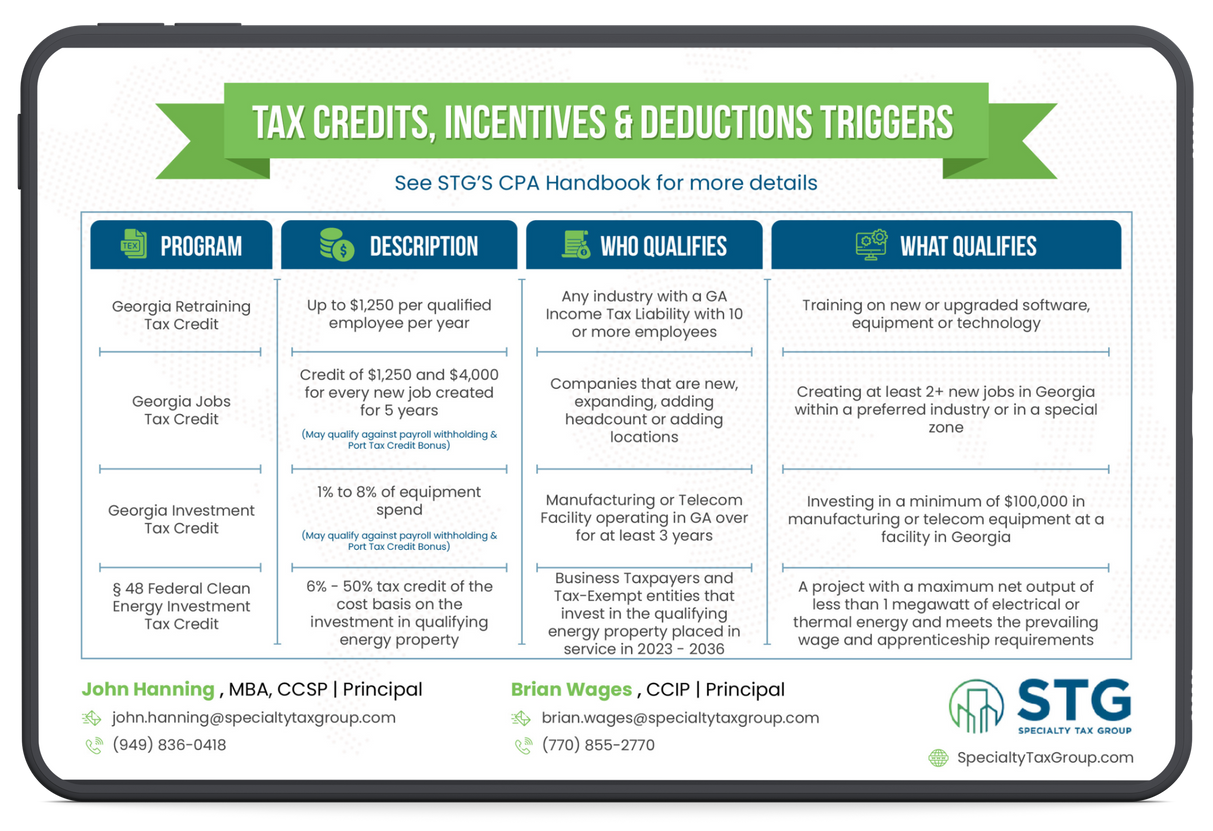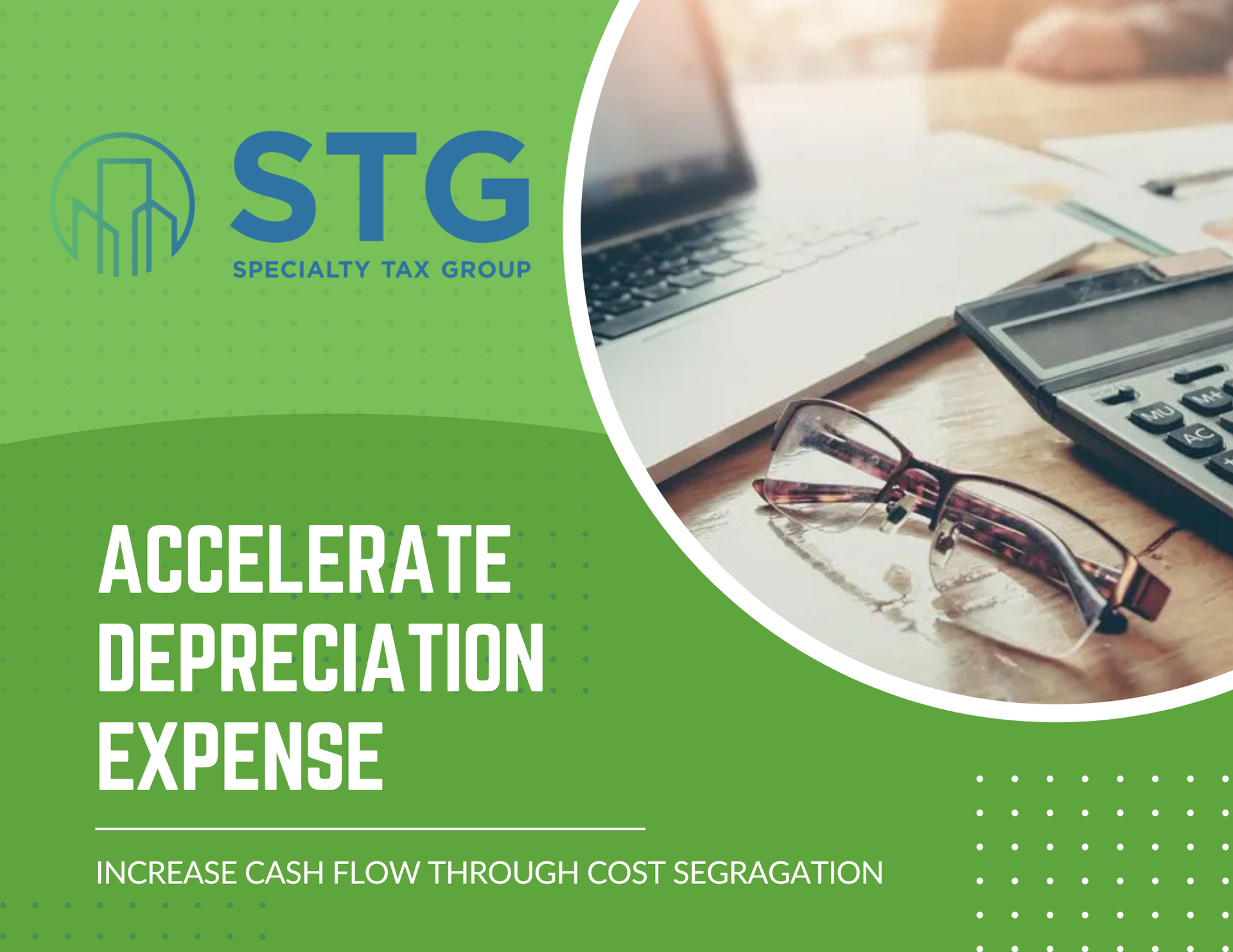This blog post has been researched, edited, and approved by John Hanning and Brian Wages. Join our newsletter below.

R&D Tax Credit Background
The Research and Development (R&D) tax credit lowers the taxes companies owe. Knowing who qualifies for the credit shows if it could benefit your company. Companies that aim to improve products or methods can use the credit. Despite recent tax changes, the credit remains a good option to save companies money.
What is R&D Tax Credit and Who Qualifies?
The R&D tax credit was introduced in 1981 to boost technical jobs in the U.S. by encouraging an increase in innovation. The credit has been maintained and expanded through various legislative actions over the past four decades. Most recently, the Tax Relief for American Families and Workers Act of 2024, passed by the U.S. House of Representatives, includes provisions to continue immediate expensing of Domestic Section 174 Research and Experimentation expenses between tax years 2022-2025. This represents a temporary alleviation of the "innovation tax" that had previously deterred some businesses from pursuing the credit.
The IRS uses a four-part test to determine R&D credit eligibility related to developing or improving products, processes, software, formulas, inventions, or techniques. The Global R&D Tax Credit Services market is projected to rise considerably between 2024-2031, indicating increasing recognition of these activities' value and corresponding tax incentives.
The IRS test includes:
- Permitted Purpose – The research and development activity relates to developing or improving an existing product, process, or software to improve the function, quality, composition, or reliability.
- Technological in Nature – The company must develop or improve products, processes, or software based on hard sciences such as engineering, chemistry, physics, biology, or computer sciences.
- Eliminate Uncertainty – An organization must demonstrate that it can eliminate uncertainty when designing or developing the product, process, or software. The improvement or new development must have a desired outcome and must be more than cosmetic.
- Process of Experimentation – The company must evaluate any alternative designs that could achieve the same results. The process includes trial and error, simulations, and modeling to overcome technological uncertainties.
How is the R&D Tax Credit Calculated and Next Steps?
The R&D credit is calculated using the expenses related to the costs associated with these qualified activities and are broken down into three sections:
- Internal employee wages for technical, supervisory, or support staff on time spent on the year on qualified R&D activities
- Materials and supplies used and consumed during qualified R&D activities
- Any outside contractor costs associated with qualified R&D activities
The potential tax savings for claiming the R&D credit can be substantial and are worth looking into to see if your company qualifies. There’s an opportunity to look back over open tax years and potentially claim missed opportunities as well.
For more information about R&D credits and to determine if you meet the qualifications to maximize your tax savings, our experts at Specialty Tax Group can help.
Contact us today to learn more.
2024 Tax Guide





